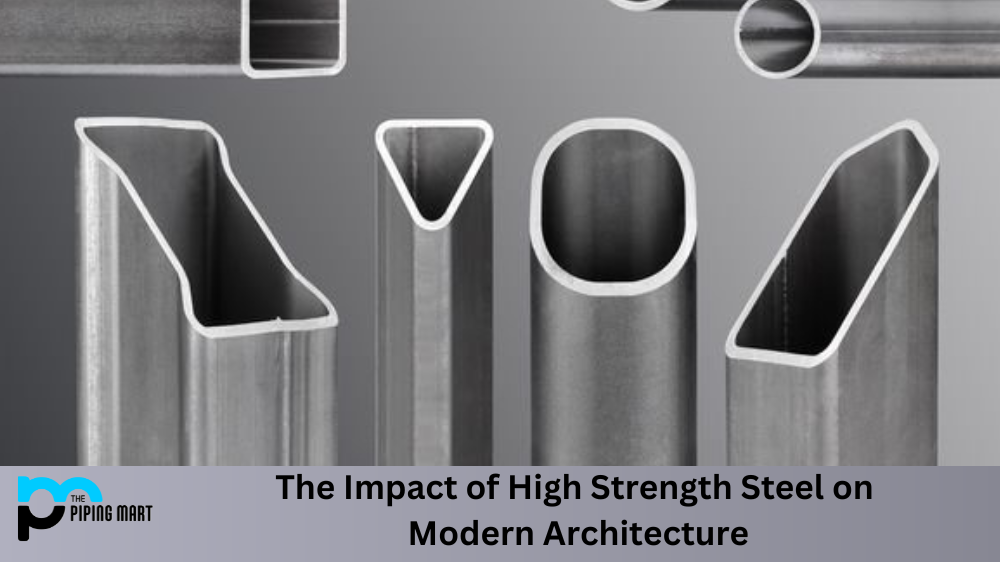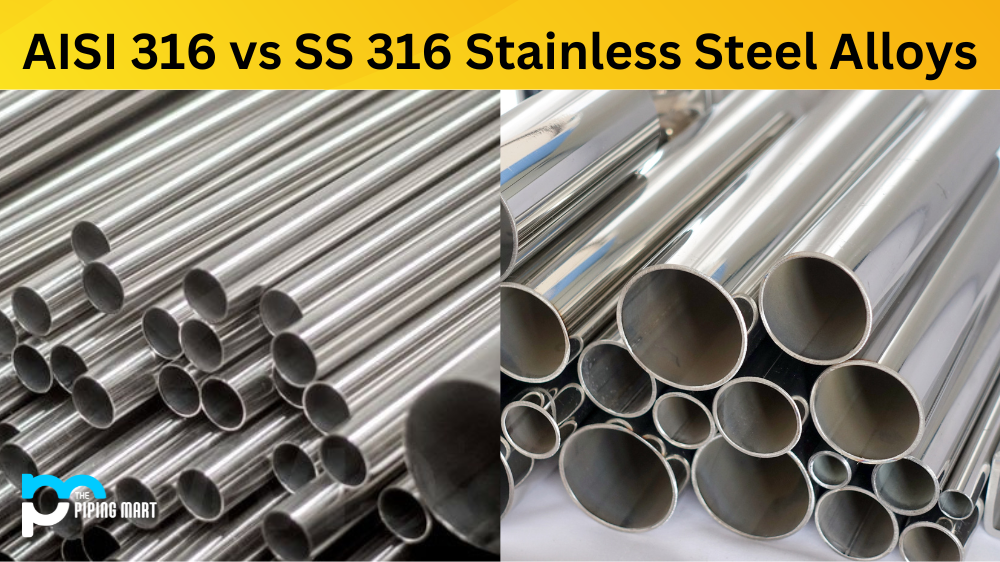In the modern era, architects are always looking for new ways to utilize the latest technologies and materials in order to create innovative structures. One material that has had a major impact on modern architecture is high-strength steel. This material is stronger than traditional structural steel, making it an ideal choice for creating strong, durable buildings that can withstand harsh conditions. Let’s take a closer look at how architects have integrated high-strength steel into their designs.
Advantages of High-Strength Steel
High-strength steel offers many benefits for architects when compared to conventional steel. For starters, it is more resistant to corrosion and other environmental factors, making it an ideal choice for areas with extreme weather conditions. Additionally, high-strength steel can be used in thinner sections due to its superior strength-to-weight ratio. This allows for more design flexibility and open spaces since fewer structural elements need to be used in order to achieve the required structural integrity of the building.
Use of High Strength Steel in Buildings
High strength steel has been used in some of the world’s most iconic buildings such as the Burj Khalifa in Dubai, the Shanghai Tower in China, and the Petronas Towers in Malaysia. In each case, this material was utilized to create structures that could withstand extreme forces such as wind and earthquakes while also providing maximum design flexibility. Other examples include bridges and large stadiums where high strength steel has allowed engineers to create structures that are both visually striking and highly functional.
Innovative Design Possibilities
High strength steel has opened up a whole new world of design possibilities for architects who are looking to push boundaries while still creating safe and functional buildings. The use of this material has enabled architects to integrate cantilevers into their designs without having to worry about excessive weight or load requirements, allowing them to create unique forms and shapes that would otherwise not be possible with traditional materials like concrete or wood. In addition, high strength steel allows for complex curves which can give buildings an interesting visual aesthetic without compromising on functionality or safety standards.
Conclusion:
High strength steel is one of the most important materials used by architects today when designing modern structures, thanks largely due its superior properties over traditional structural steels, such as increased resistance to corrosion and fatigue as well as higher tensile strengths, which allow thinner sections to be used while still achieving desired structural integrity levels. This material has enabled architects around the world to push boundaries when it comes to creating innovative designs while also ensuring safety standards are met since these structures can easily withstand extreme forces like wind or earthquakes without sacrificing aesthetics or functionality. With its many benefits, it’s easy see why so many architects have begun utilizing high strength steel in their designs!
Meet Heer, a dynamic and driven writer learning tricks of her trade in the metal industry. With a background in Digital Marketing, Heer brings a unique perspective to her writing, sharing valuable insights. Apart from blogging she like reading and hiking.




